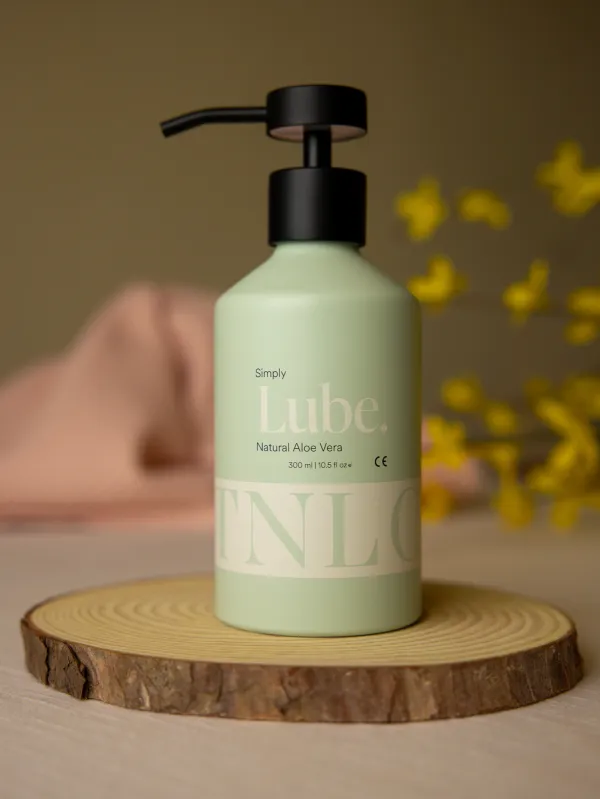Plastic Free July 2023: How to get started!

Plastic Free July is a month-long event every year, where members from across the globe unite to reduce the consumption of plastics for the whole month. The project started in Australia in 2011 and has grown in popularity. In 2017, Plastic Free July had outgrown its home and set up the Plastic Free Foundation Ltd as an independent, not-for-profit charity to better support participants and grow the campaign. Last year's data, taken from The Independent (2022); estimated about 140 million people took part.
Plastics are everywhere and come in various sizes and colours, supporting our daily lives, such as chairs in schools, Tupperware boxes and arts and crafts. While there are several practical uses for plastic, it has grown out of control; many items are wrapped or packed in plastic, which is not necessary. Plastic can cover products to make a multi-bag of crisps easier to grab, perhaps six tomatoes in a bag instead of picking six by hand. Often, plastic has replaced the more sustainable option due to being lightweight, low cost and disposable, which we associate with it. According to Our World in Data, during the 1950s, global plastic production was 2 million tonnes per year. Comparing this with data from 2019, we find the total production has increased nearly 230-fold, reaching 460 million tonnes in 2019. The United Nations Environment Programme has predicted if historical growth trends continue, global production of primary plastic is forecasted to reach 1,100 million tonnes by 2050. Due to an abundance of plastics in our environment, it is estimated that around 12% of the plastics produced have been incinerated, and only an estimated 9% have been recycled.
Going plastic-free sounds daunting, but the annual event showcases how to choose areas we want to tackle. I took part last year and have since made changes. It is worth noting that I used any cosmetics packaged in plastics before transitioning to plastic-free alternatives. Likewise, some products are easier to source plastic free such as shampoo bars, and the affordability of some products may only be suited to some budgets. Plastic Free July lists small steps which can make a big difference here; it can be quite hard knowing where to start. I took small steps, finding alternative products on the market, and as I used up a moisturiser packaged in plastic, I moved to one in cardboard or tin.
We are creatures of habit, often waking up in the morning and checking our phones, among other things. Creating achievable goals means we need to work smart. I am sure you know SMART targets; if not, they are specific, measurable, achievable (or attainable), relevant, and time-bound. Targets need a specific focus, such as no longer using single-use coffee cups; this is achievable by having a reusable cup with you. Think about when and where you get a coffee. Do you walk or drive? These will help you to decide where to keep your reusable cup. If you move to the shops, keeping a few reusable shopping bags in the car might be useful, or storing them near the door. Concerning coffee cups, our next focus is achievable; make sure you can complete your goal by ensuring it is simple enough. Finally relevant, I do not drink coffee or consume many hot drinks on the go; if I am heading out, I may bring a reusable one with me; however, because of my lifestyle choices, cutting down single-use cups is not as relevant as other areas.
Once you have embedded a routine which can take between 18 and 254 days, with an average taking 66 days, consider implementing a new habit, and go at a pace which works for you—one popular way to cut down on plastics while on the move is a Bring-Your-Own (BYO) kit. The BYO kit may vary from person to person; many kits include a reusable bag, bottle, straw, coffee cup, etc. One example is Sustainably Vegan, a British YouTuber who recently immigrated to America, explained her bring your kit, which was oriented around buying fruits and vegetables. Try to decide what items work best for you; perhaps items will be added or removed over time.
When creating a BYO kit, use items you already have, regardless of the material. While more environmentally friendly options are available, the things you already own are the least impactful. If you are struggling with ideas to create a BYO kit, consider including a reusable bag, pen/pencil, bottle, or coffee cup.
Going plastic-free is not a challenge on who can do it the best; there is no failure. It is not about going a whole month, ideally, before realising you are starting to get burnt out. It is about making changes that can be quickly adopted into our busy lifestyles, where they will remain in place for years. The goal is to reduce the consumption of single-use disposable plastic packaging worldwide. Making just one simple change will make a difference. Anne Marie Bonneau famously said, “We don't need a handful of people doing zero waste perfectly. We need millions of people doing it imperfectly.”




